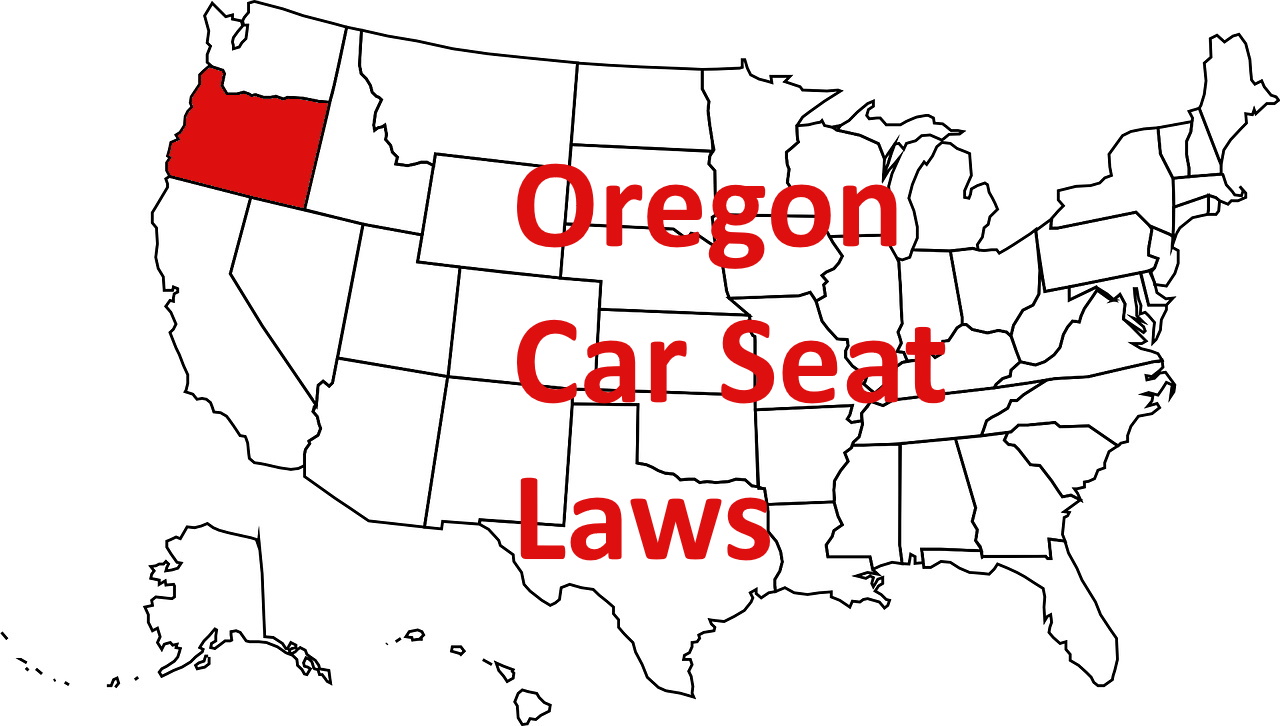Editor’s note: This article was updated in 2022 to link to a more appropriate section of the relevant statute. Please note that you must scroll down the page or search to view the correct statute: ORS 811.210.
In Oregon law, a child under sixteen years old must be properly secured with a child safety system, safety belt, or safety harness meeting Department of Transportation standards and specifications when being transported as a passenger in a motor vehicle on the highway. A child under sixteen years old must be properly secured with a safety harness or safety belt when operating an all-terrain vehicle on public lands, including privately owned land opened to the general public for use of all-terrain vehicles. A child sixteen years old or older must be properly secured with a safety belt or safety harness meeting Department of Transportation standards and specifications when operating or being transported as a passenger in a motor vehicle on the highway.
Babies and Children Up to Two Years Old
A child under two years old must be properly secured in a rear-facing child safety system.
Infant car seats are rear-facing and convertible car seats are rear and forward-facing.
Children Between Three and Seven Years Old and Weighing Forty Pounds or Less
A child between three and seven years old and weighing forty pounds or less must be properly secured in a child safety system meeting Department of Transportation minimum standards and specifications for child safety systems designed for children weighing forty pounds or less. This includes a rear-facing or forward-facing child car seat, depending on the child’s size.
Children Between Three and Seven Years Old, Weighing More Than Forty Pounds, and Not More Than 4’9” Tall
A child between three and seven years old who weighs more than forty pounds and is up to 4’9” tall must be properly secured with in a child safety system meeting the department’s minimum standards and specifications for child safety systems designed for children 4’9” or shorter. This includes a forward-facing child car seat, a safety seat with a harness, or a booster seat, depending on the child’s size.
A booster seat must elevate the child so that a safety belt or safety harness properly fits, meaning that the lap belt of the safety belt or safety harness is positioned low across the thighs and the shoulder belt is positioned over the collarbone and away from the neck. This requirement does not apply if the rear seat of the motor vehicle is not equipped with a shoulder belt and the child is secured by a lap belt, or if the child is properly secured in a child safety system meeting the department’s minimum standards and specifications for child safety systems designed for children weighing more than forty pounds.
Children Eight to Fifteen Years Old or More Than 4’9” Tall
A child between eight and fifteen years old or more than 4’9” tall must be properly secured with a safety belt or safety harness meeting Department of Transportation standards and specifications.
Children Sixteen to Seventeen Years Old
A child between sixteen and seventeen years old must be properly secured with a safety belt or safety harness meeting Department of Transportation standards and specifications when operating or being transported as a passenger in a motor vehicle on the highway. A child between sixteen and seventeen years old who is a passenger in a privately-owned commercial vehicle designed and used to transport no more than fifteen people and is responsible for another passenger under sixteen years old must properly secure that passenger in a child safety system meeting Department of Transportation standards and specifications.
Penalties for Violations
A violation of Oregon’s safety belt law is a Class D traffic infraction. The standard fine is $115.00.
Exemptions
Your child may be exempt from Oregon’s Child Safety Seat Law, Booster Seat Law, or Safety Belt Law if you present a signed statement from a physician, nurse practitioner, or physician assistant setting forth reasons why the use of a child safety system, safety harness, or safety belt would be impractical or harmful to your child due to his or her physical condition, medical problem, or body size, and if the Director of Transportation issues a certificate of exemption for your child.
FAQ
What is Oregon state booster seat law?
According to Oregon’s child safety seat law, a child between three and seven years old that is up to 4’9” tall and weighs more than 40 pounds must be properly secured in a child safety passenger system that is appropriate for their height and weight. These child safety passenger systems include forward-facing car seats, safety seats with harnesses, or booster seats. Check the manufacturer’s recommendations to secure child in a child safety restraint system that is appropriate for their size.
What is Oregon front-facing car seat law?
Oregon’s car seat laws state that children between three and seven years old who weigh 40 pounds or less must be secured in either a rear-facing car seat or a forward-facing car seat, depending on their height and weight. Follow the manufacturer’s guidelines for your child safety restraint system.
What are Oregon front seat laws?
Oregon’s safety belt laws do not state when a child can ride in the front seat of a vehicle. However, the Oregon Department of Transportation recommends that all children under age 13 ride in the back seat with the proper restraints for their age, height, and weight.
* Ms. Blake is licensed in the state of Maryland. The information provided in this article does not constitute legal advice and does not create an attorney-client relationship.

